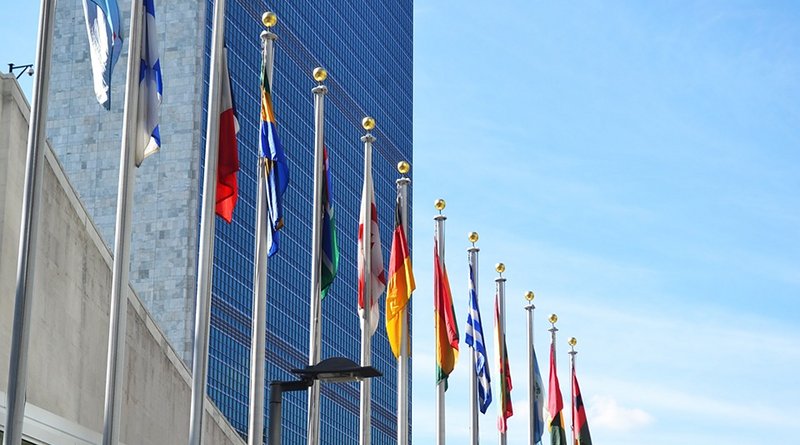
By Kung Chan
The League of Nations, also known as Société des Nations in French, was founded on January 10, 1920. Emerging after World War I and as a result of the Paris Peace Conference, it operated as an intergovernmental organization. Its pioneering role marked it as the first global body dedicated to the maintenance of world peace, a predecessor of the United Nations.
The purpose of the League of Nations, as stated in the Covenant of the League of Nations, included preventing war through collective security and armament control, as well as settling international disputes through negotiation and arbitration. Similar to the United Nations today, the League of Nations and other treaties of its time also addressed labor conditions, fair treatment of indigenous peoples, trafficking of drugs and arms, public health, treatment of prisoners of war, and protection of minority groups in Europe. At its peak from September 28, 1934, to February 23, 1935, the League of Nations had 58 member states.
Generally, it is believed that the thinking embodied by the League of Nations reflected a fundamental shift in global diplomatic practices over centuries. However, it is widely acknowledged that the organization lacked its own armed forces, relying instead on major powers of the time to enforce its resolutions, maintain economic sanctions, or provide military forces when necessary, which these powers were not always willing to do. Economic sanctions could also harm the League of Nations’ own member states, thus these countries were sometimes unwilling to cooperate. The United States did not join it due to the Senate’s rejection of the Treaty of Versailles.
During the Second Italo-Ethiopian War, the League of Nations accused the Italian military of targeting medical tents of the International Red Cross and Red Crescent Movement. The Italian dictator Benito Mussolini responded with the saying, “the League is very well when sparrows shout, but no good at all when eagles fall out”.
From a historical realist perspective, the key to international organizations lies in the responsibility of great powers to enforce decisions. This principle has remained unchanged from the past to the present. Between the geopolitical stage and effective control, there remains a vast gap.
In fact, today’s United Nations faces similar, if not more serious, issues. Major world powers are severely marginalized in the popular concept of progressivism, turning the United Nations into a mere stage for geopolitical farce. More critically, such a United Nations significantly increases costs for all countries, especially Western ones, to levels approaching unacceptable for these major powers. Therefore, I believe it is nearly time for restructuring the United Nations.
The rationale is straightforward: within this international organization, Western nations are increasingly marginalized. The other factions within the United Nations voice their objections, the closer we approach a restructuring. The League of Nations offers a historical precedent. Should Donald Trump assume office and serve two terms, a substantial overhaul of the United Nations could become inevitable. While current discussions focus on Trump’s policies, such a transformation would represent a realistic and pivotal policy shift.
As the United Nations approaches nearly 80 years of history, its largest restructuring yet is imminent, and this is something worthy to be paid attention to.
